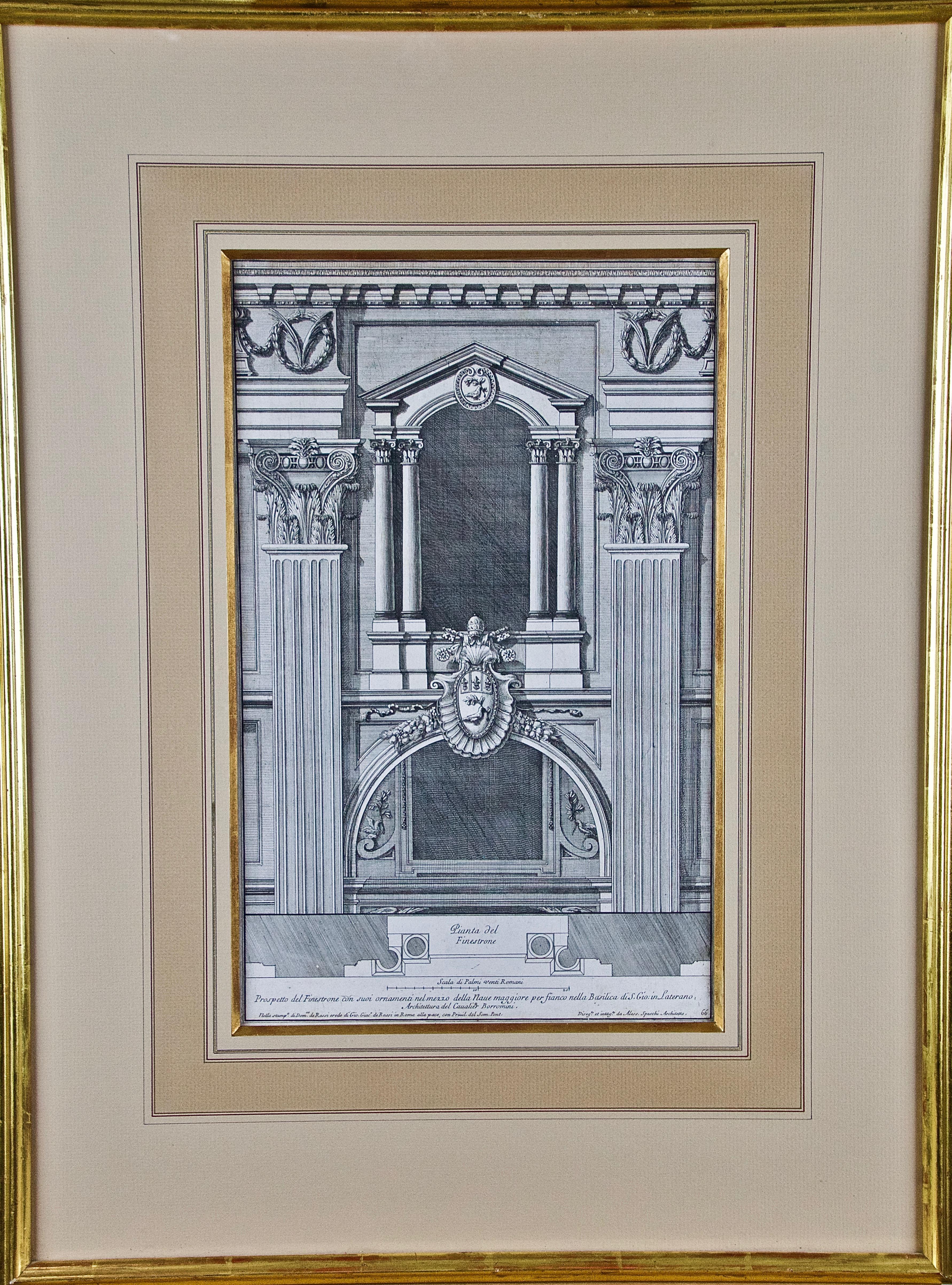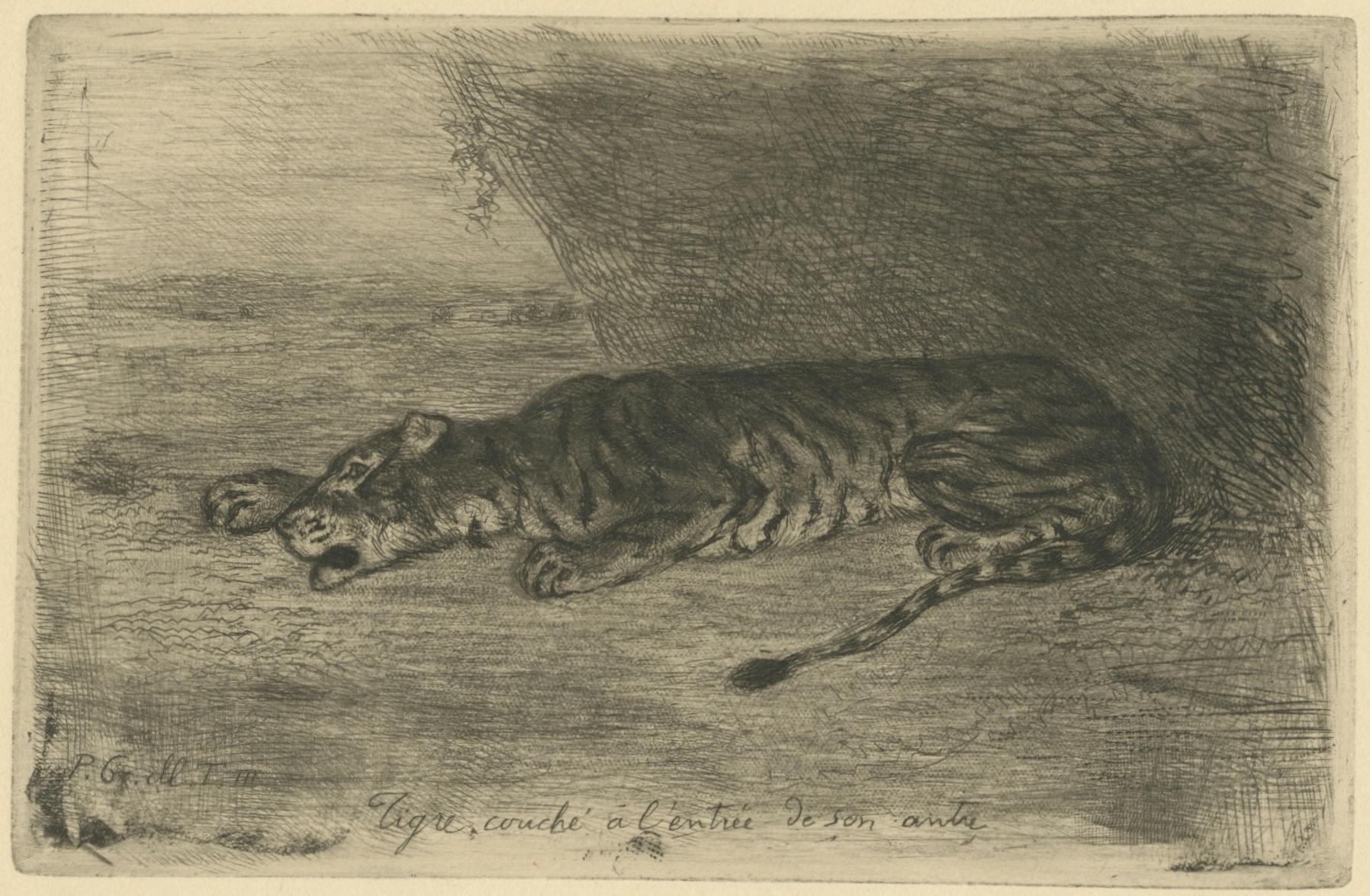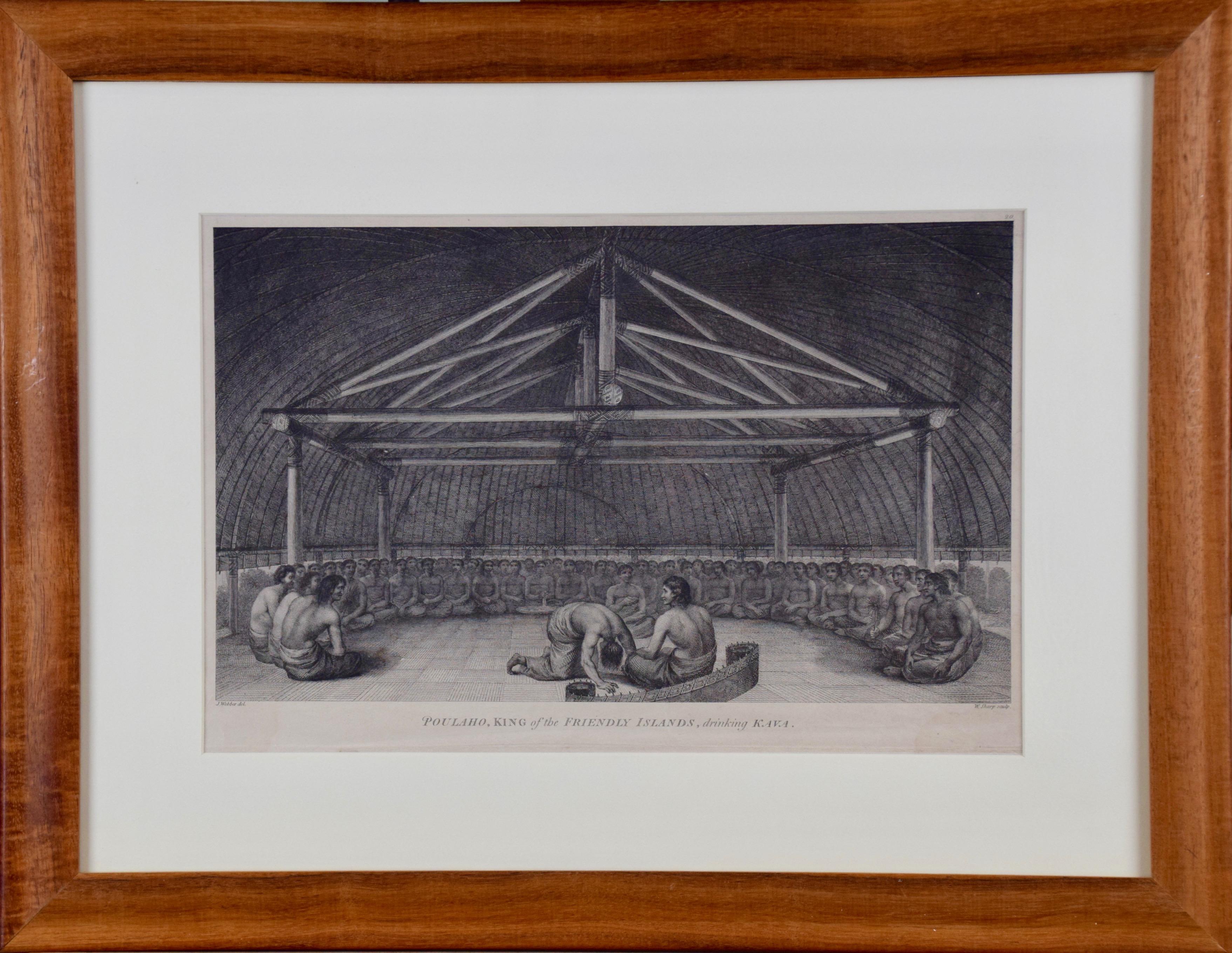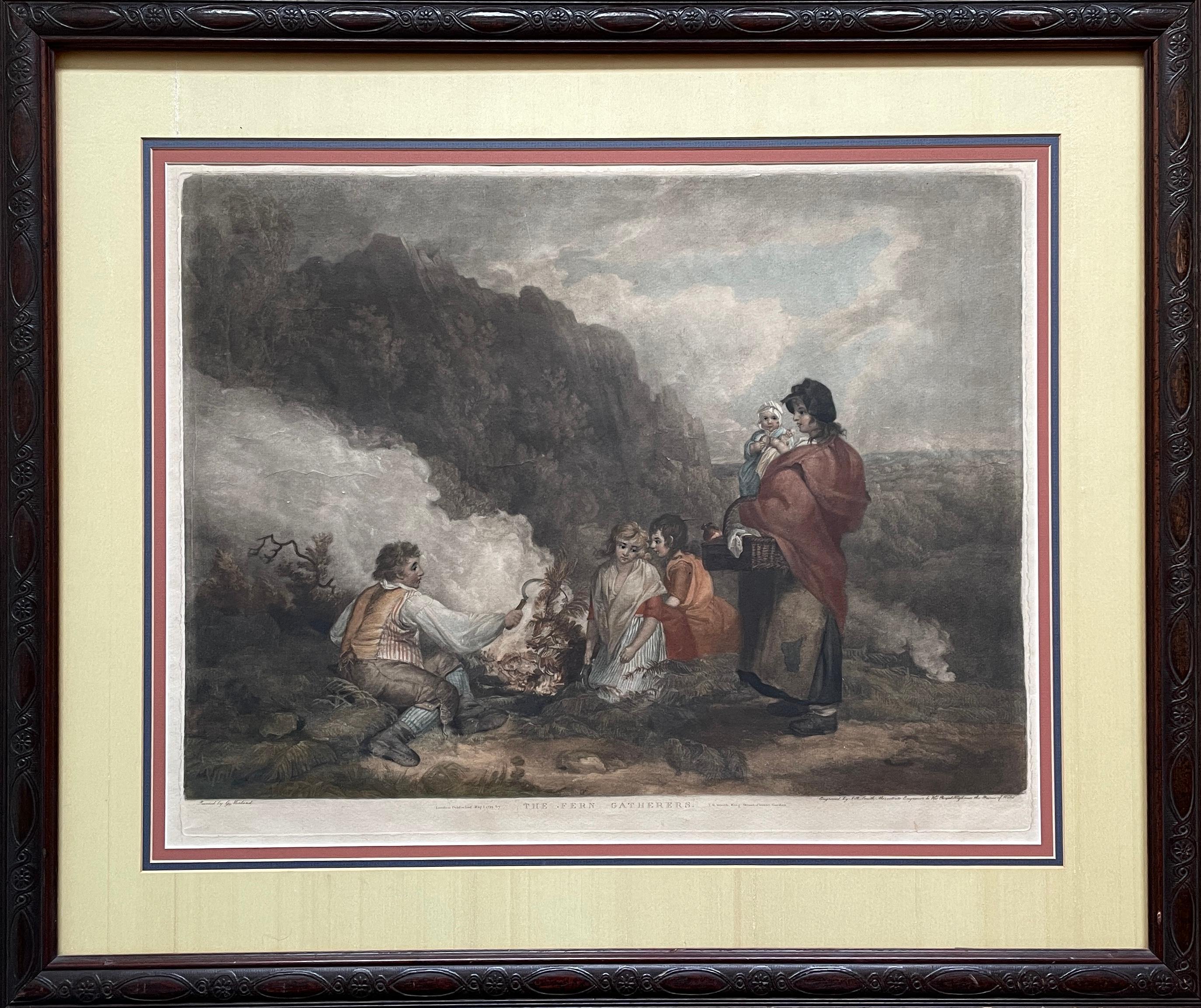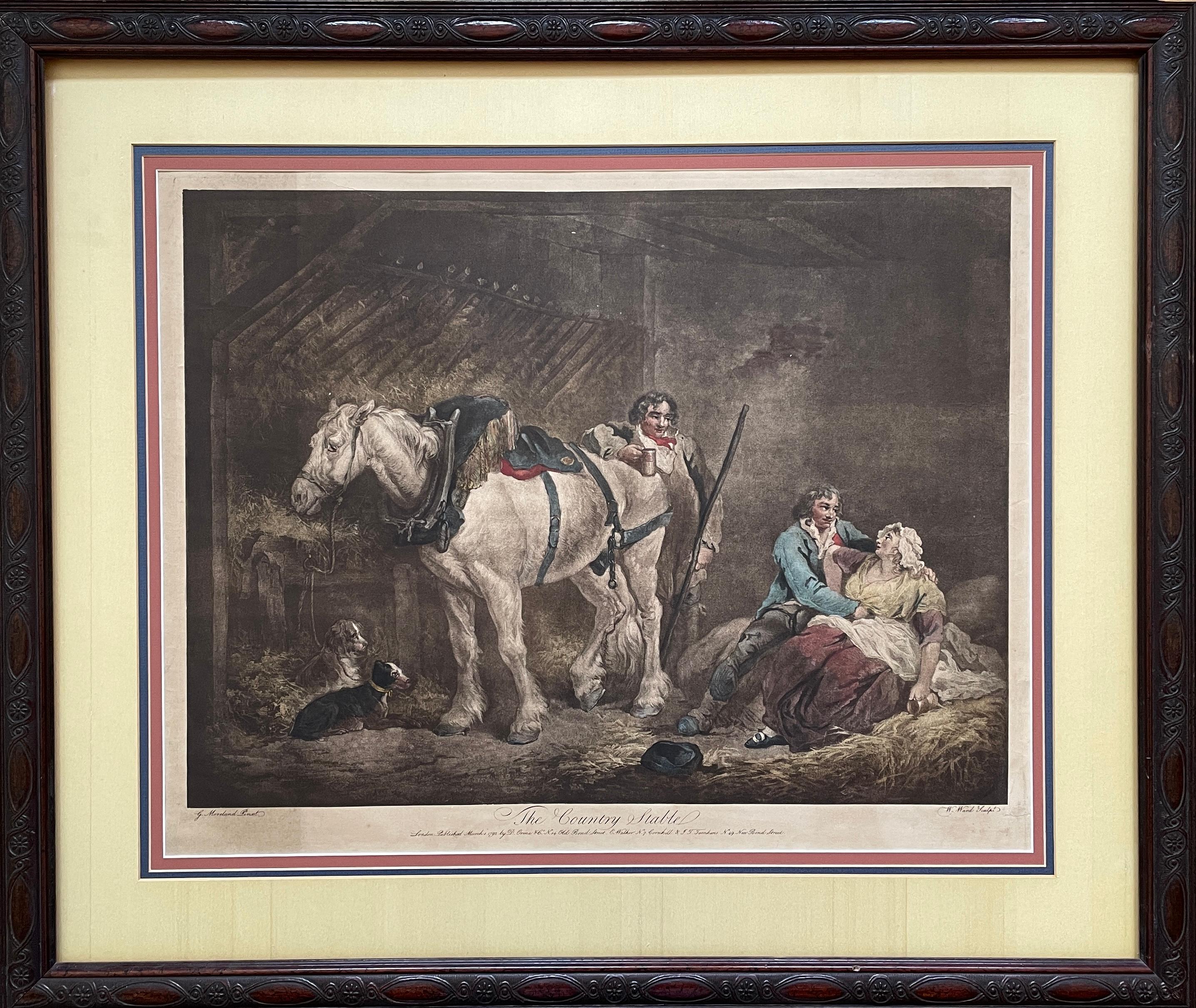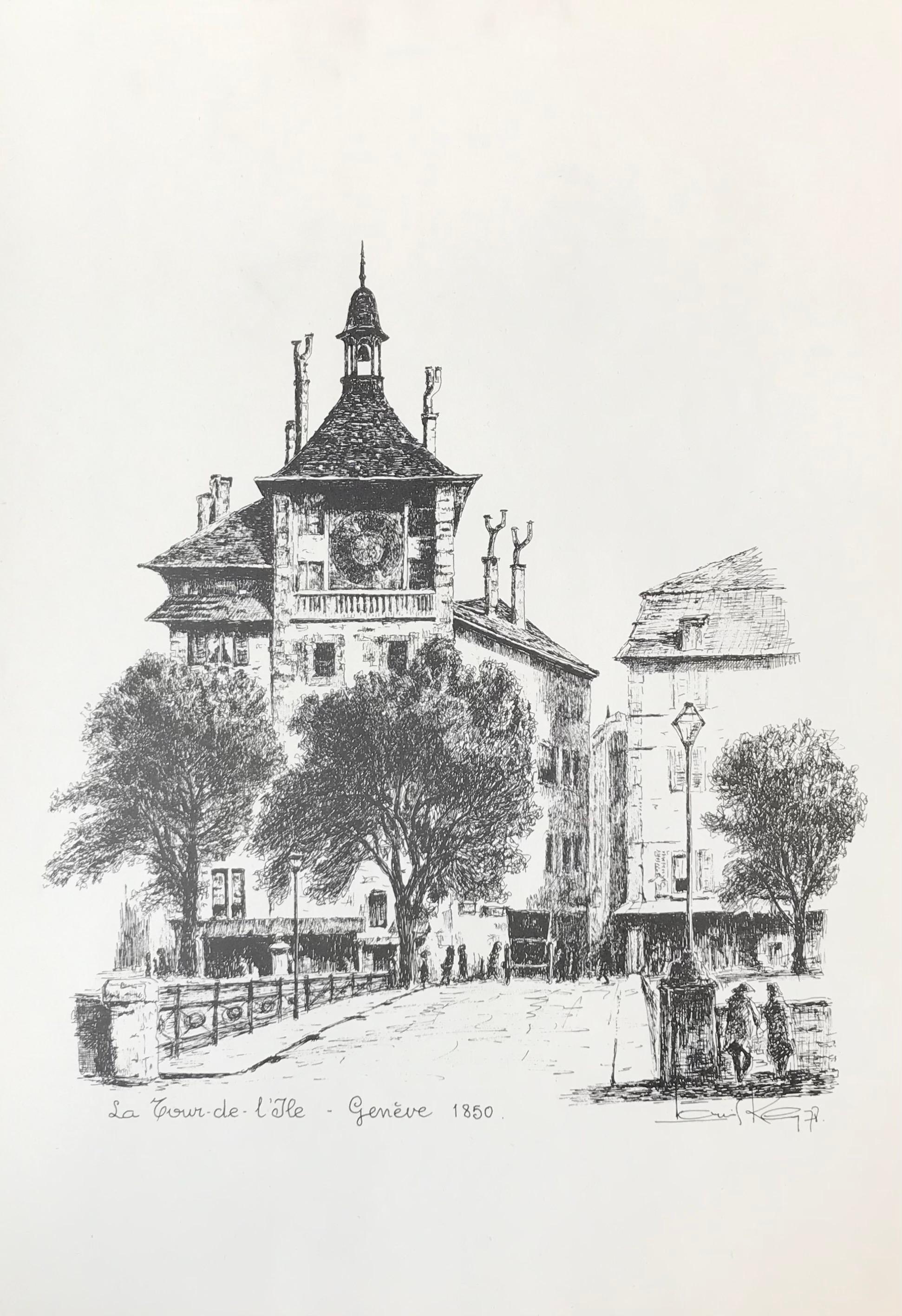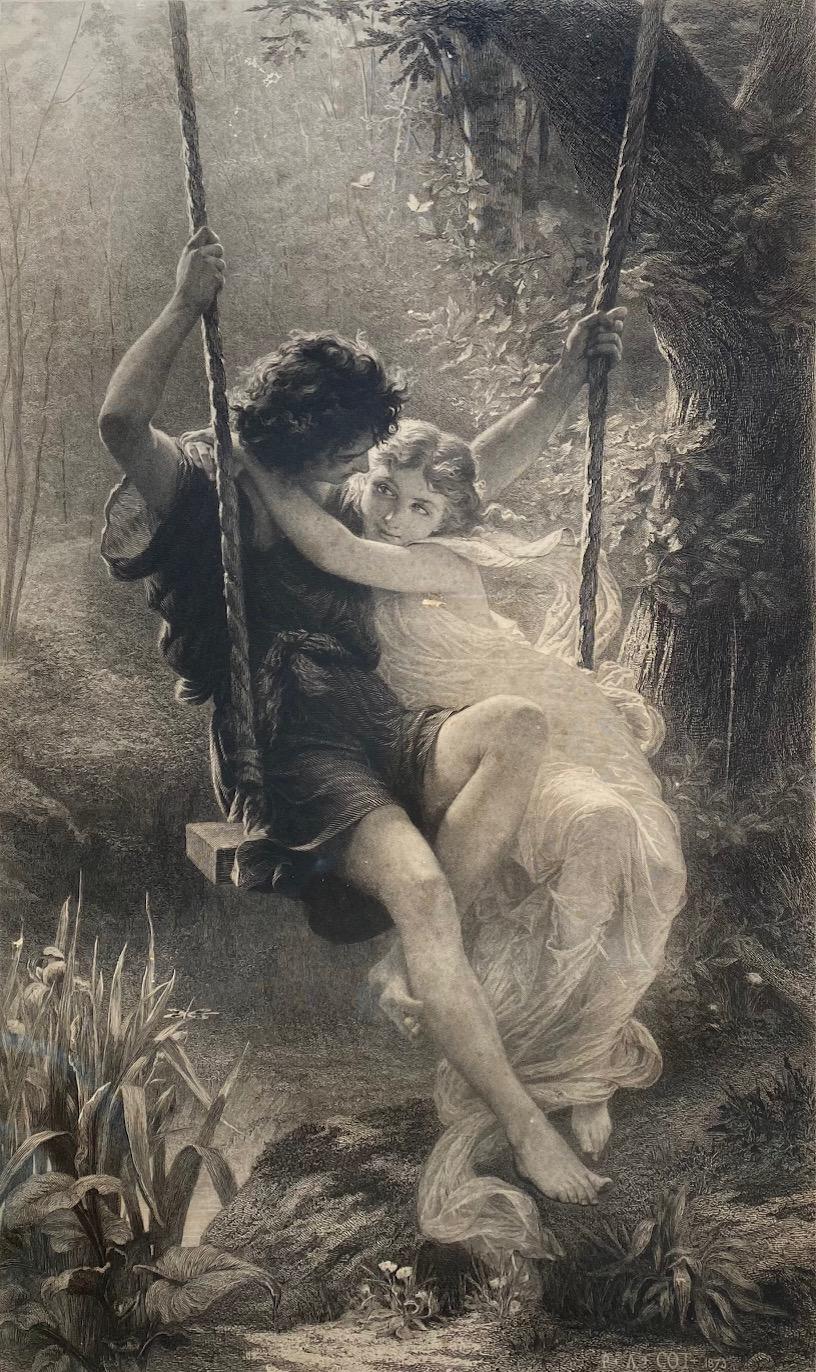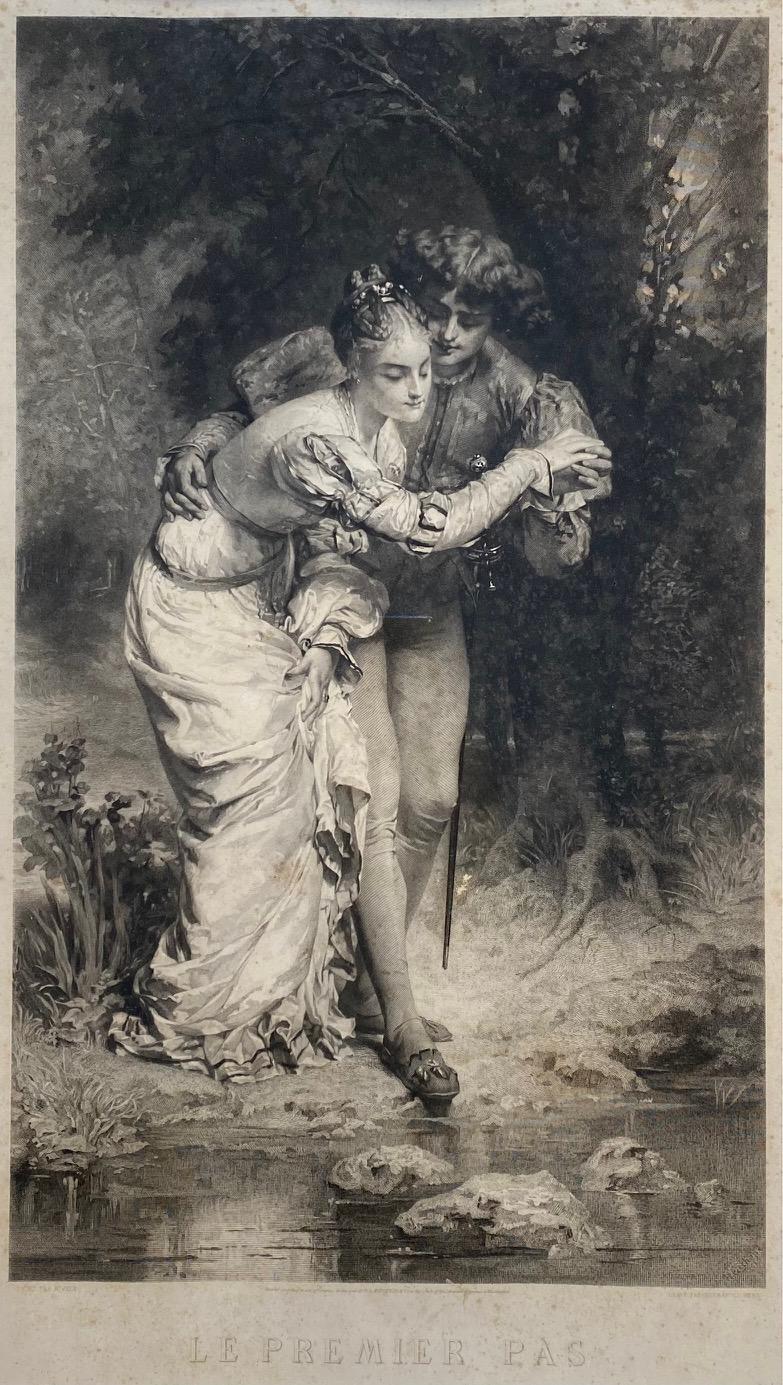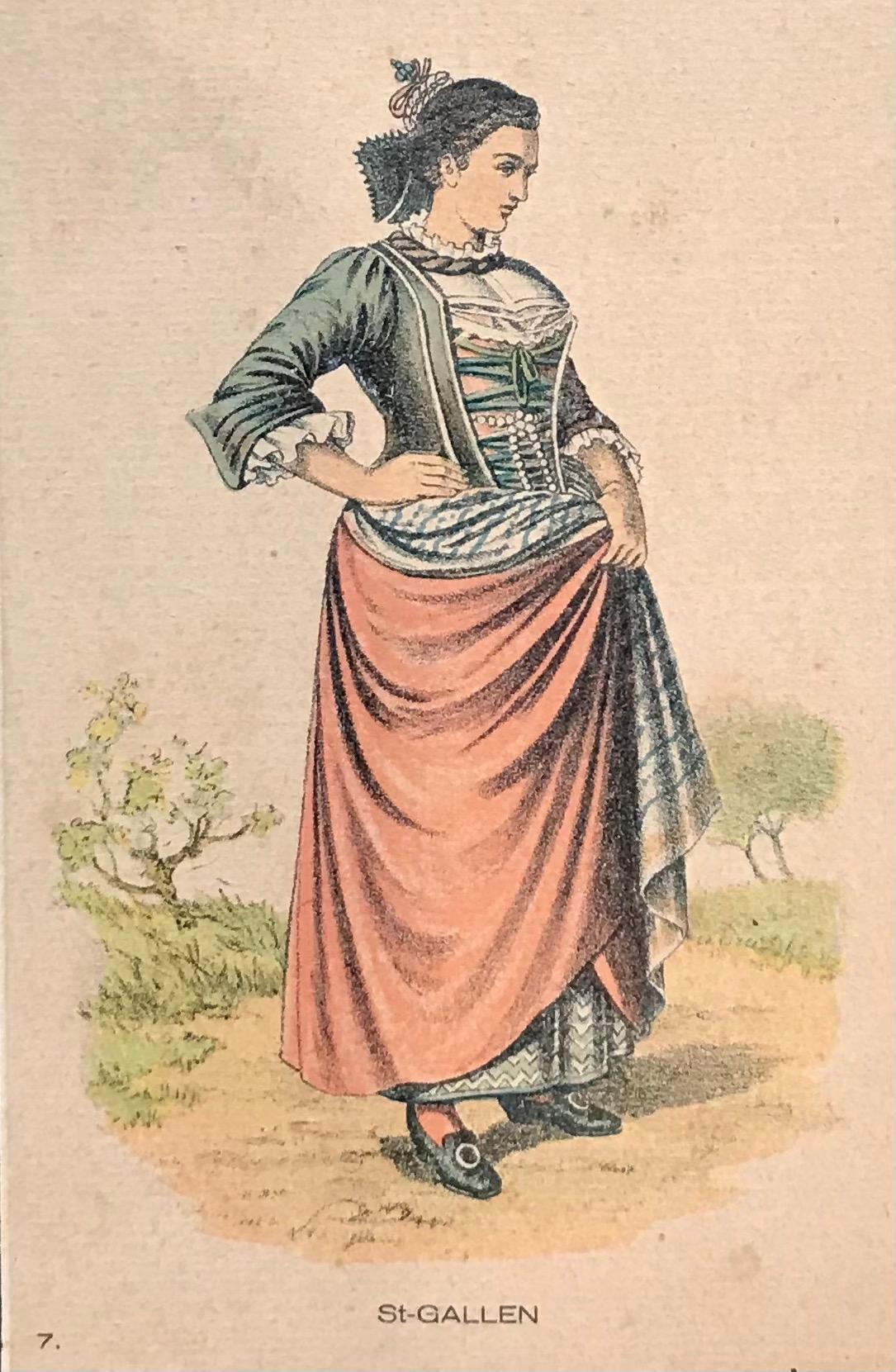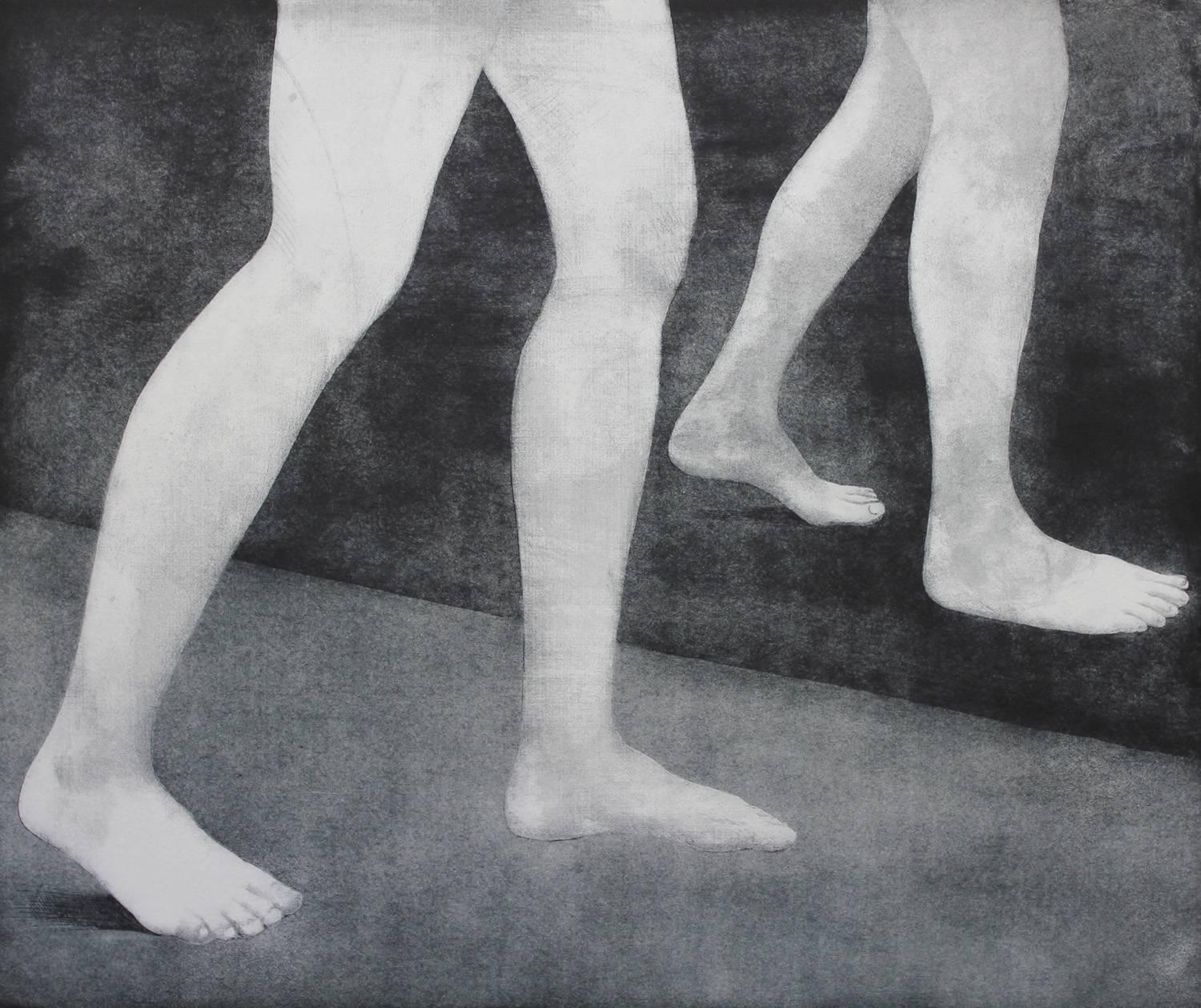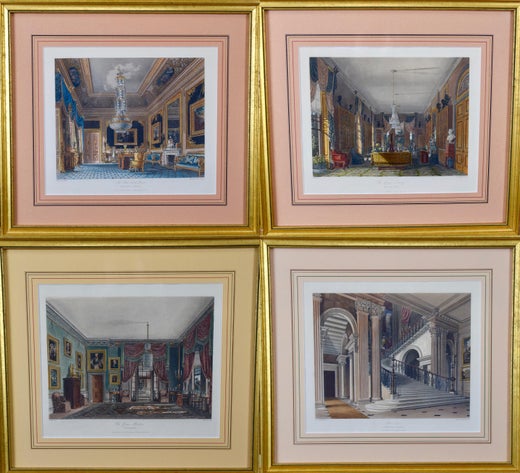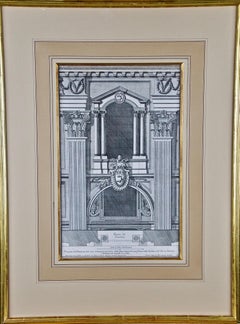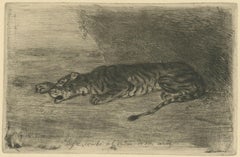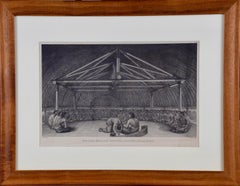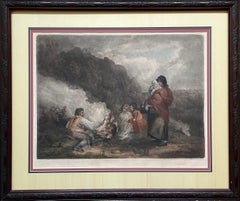Coronation of George IV, Royal Banquet, First Course Continued
1 of 6
Charles WildCoronation of George IV, Royal Banquet, First Course Continued1824
1824
$2,200List Price
About the Item
- Creator:Charles Wild (1781 - 1835, British)
- Creation Year:1824
- Dimensions:Height: 15.5 in (39.37 cm)Width: 18.25 in (46.36 cm)
- Medium:
- Movement & Style:
- Period:
- Condition:
- Gallery Location:New York, NY
- Reference Number:1stDibs: LU5182119403
Charles Wild
William Henry Pyne was an English writer, illustrator and painter. He was trained at a drawing academy in London and first exhibited at the Royal Academy in 1790. He excelled at topographical scenes, often including groups of people which were rendered in pen, ink and watercolor. He was a founder of the Old Water-Colour Society in 1804 but he later resigned when the group refused to to expand its membership to more than 24 artists. He collaborated with the well known publisher Rudolph Ackermann on several publications.
Authenticity Guarantee
In the unlikely event there’s an issue with an item’s authenticity, contact us within 1 year for a full refund. DetailsMoney-Back Guarantee
If your item is not as described, is damaged in transit, or does not arrive, contact us within 7 days for a full refund. Details24-Hour Cancellation
You have a 24-hour grace period in which to reconsider your purchase, with no questions asked.Vetted Professional Sellers
Our world-class sellers must adhere to strict standards for service and quality, maintaining the integrity of our listings.Price-Match Guarantee
If you find that a seller listed the same item for a lower price elsewhere, we’ll match it.Trusted Global Delivery
Our best-in-class carrier network provides specialized shipping options worldwide, including custom delivery.You May Also Like
18th C. Italian Architectural Engraving of a Borromini Designed Church in Rome
Located in Alamo, CA
"Pianta del Finestrone, Prospetto del finestrone con suoi ornamenti nel mezzo della naue maggiore per fianco nella Basilica di S. Gio. in Laterano" is an architectural engraving of an elevation of monumental windows with their associated columns and ornaments above an entrance to the Basilica of S. Gio. In Laterano in Rome, the Cathedral of the Most Holy Savior and of Saints John the Baptist and the Evangelist in the Lateran, also known as the Papal Archbasilica of Saint John in Lateran. It is the church of the Diocese of Rome which serves as the seat of the Roman Pontiff. The print was engraved by Alessandro Specchi (1668-1729), an engraver and architect, after a design by the Italian architect Francesco...
Category
Early 1700s Realist Figurative Prints
Materials
Engraving
Tigre couché à l'entrée de son antre (Tiger Lying at the Entrance to its Lair)
By Eugène Delacroix
Located in Middletown, NY
Etching, drypoint, and roulette on watermarked Hallines cream laid paper, 3 3/4 x 5 7/8 inches (95 x 148 mm), full margins. A very good impression of this charming image, with all of...
Category
Early 19th Century Realist Animal Prints
Materials
Laid Paper, Drypoint, Etching
"King of the Friendly Islands" (Tonga); Engraving from Captain Cook's 3rd Voyage
By John Webber
Located in Alamo, CA
"Poulaho, King of the Friendly Islands, Drinking Kava" is an engraving created by William Sharp (1749-1824), from a drawing by John Webber (1752-1793), who was the artist on Captain James Cook's 3rd and final voyage of discovery. It was published in the atlas of "A Voyage to the Pacific Ocean Undertaken by the Command of His Majesty, for Making Discoveries in the Northern Hemisphere", the official British Admirality sanctioned journal published upon completion of the voyage in London in 1784 by Strahan & Cadell.
Captain Cook visited Tonga on his 3rd voyage, which he named The Friendly Islands because of the warm welcome he and his crew received, unlike some of the other more hostile Pacific islands. The engraving depicts Cook and his men observed a kava ceremony at the village of Mu’a on Tongatapu. King Paulaho sits in the centre foreground, his back to the spectator with a man kneeling before him. The ceremonial mat depicted behind Paulaho indicates that nobody was allowed to sit behind him. The figure in the centre holds a single cup, referring to the Tongan custom of offering the cup to the king first. Kava is native to the islands of the South Pacific and was first described for English readers in 1768 by Captain James Cook. The kava root has been used for centuries as a central feature of ceremonies and celebrations because it was able to bring about a calming and pleasant social atmosphere. The root was crushed and processed into coconut milk to become the focal ceremonial beverage, simply referred to as kava.
This engraving is presented in a Koa wood frame and a white mat. Koa wood is legendary in Hawaii. There are occasional faint spots, but the print is otherwise in very good condition. This amazing Koa wood is native to Hawaii and it is known for the deep rich colors and varied grain pattern. Koa has an honored heritage in Hawaii and is highly revered and sacred. The word “koa” means “warrior” in Hawaiian. The warriors of King Kamehameha the Great, created canoes and weapons from a wood plentiful on the Big Island of Hawaii. This wood became synonymous with the warriors themselves, and it became known as koa.
There are three other engravings listed from the official journal of Captain Cook's 3rd voyage available that are presented in identical Koa wood frames and mats (LU117324682422, LU117324684052, LU117324684032). They would make a wonderful grouping for a display of 2, 3 or 4 prints. A discount is available for a grouping depending on the number of items included.
Captain Cook is remembered as one of the greatest explorers and navigators in history. His explorations included Australia, New Zealand and islands of the South Pacific and the northwest coast of North America. Hawaii was discovered by Captain Cook during this voyage. Hawaii was originally called The Sandwich Islands in honor of The Earl of Sandwich...
Category
1780s Realist Figurative Prints
Materials
Engraving
"The Fern Gatherers" 18th Century Antique Mezzotint Engraving by John R. Smith
By George Morland
Located in Carmel, CA
"The Fern Gatherers" After a painting by George Morland. 1763-1804. - Mezzotint engraving by John Raphael Smith. 1752-1812.
Print: 20.75" x 26" - With Frame: 28" x 33.5"
Published:...
Category
Late 18th Century Realist Still-life Prints
Materials
Engraving, Mezzotint
"The Country Stable" 18th Century Antique Mezzotint Engraving by William Ward
By George Morland
Located in Carmel, CA
"The Country Stable" After a painting by George Morland. 1763-1804. - Mezzotint engraving by William Ward. 1766-1826.
Print: 20.75" x 26" - With Frame: 28.5" x 34"
Published: March...
Category
Late 18th Century Realist Still-life Prints
Materials
Engraving, Mezzotint
The tower of the island, Geneva 1850 by Louis Rey - Engraving 44x30 cm
By Louis Rey .
Located in Geneva, CH
Work on paper
Category
1970s Realist Figurative Prints
Materials
Ink, Engraving
$160 Sale Price
20% Off
